Nearly three billion animals were killed or displaced by the country's recent unprecedented bushfires, according to an interim report last month funded by World Wildlife Fund Australia.
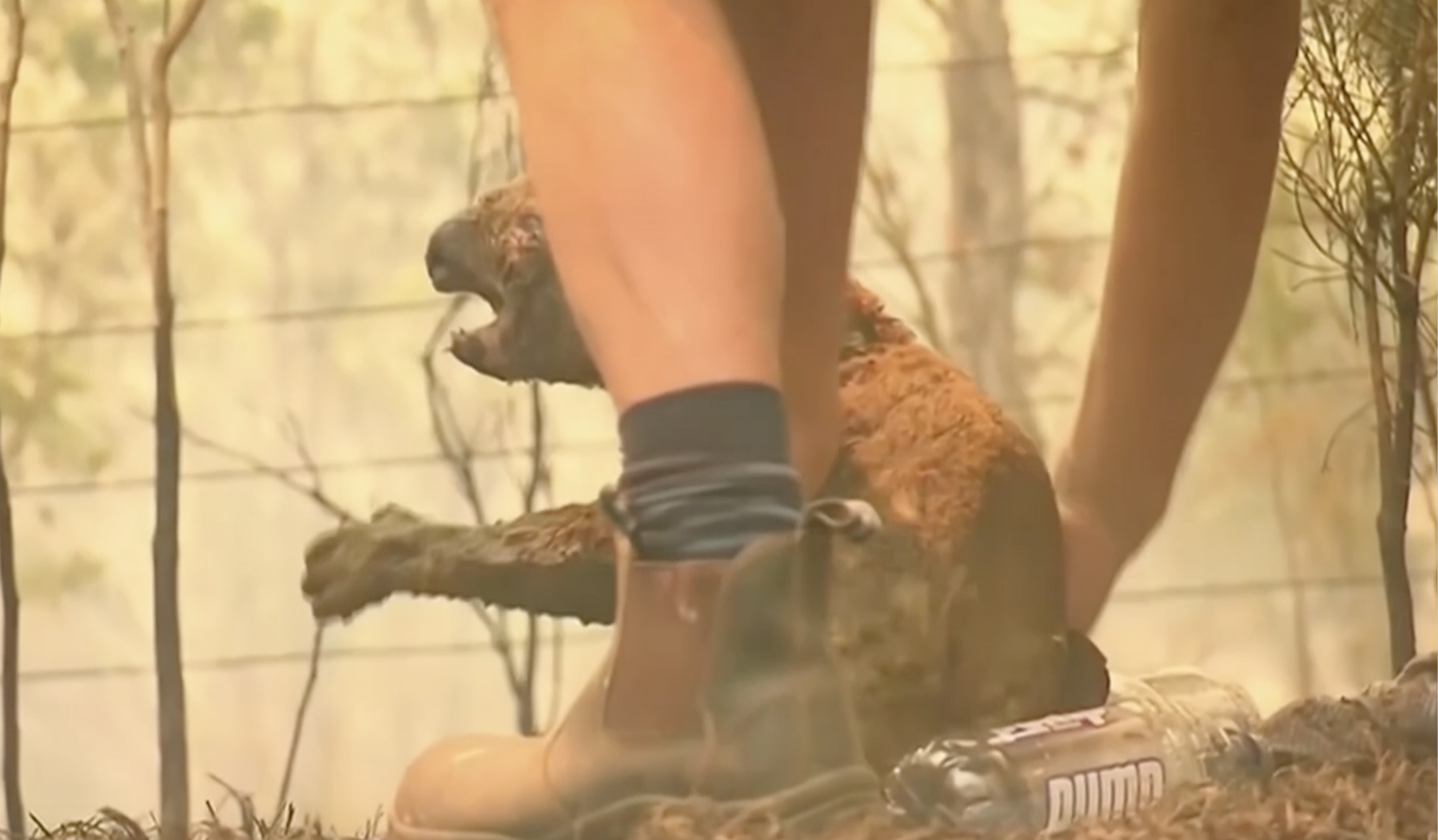
An injured koala is rescued by volunteers. /Reuters
An injured koala is rescued by volunteers. /Reuters
"It is an almost impossibly big number to comprehend. One of the ways that it might be possible to visualize is if you consider the world population around 7.6, 7.7 billion, the number of native vertebrates in the path of the fires over the past summer is almost half the entire world's population," said University of Sydney professor Chris Dickman.
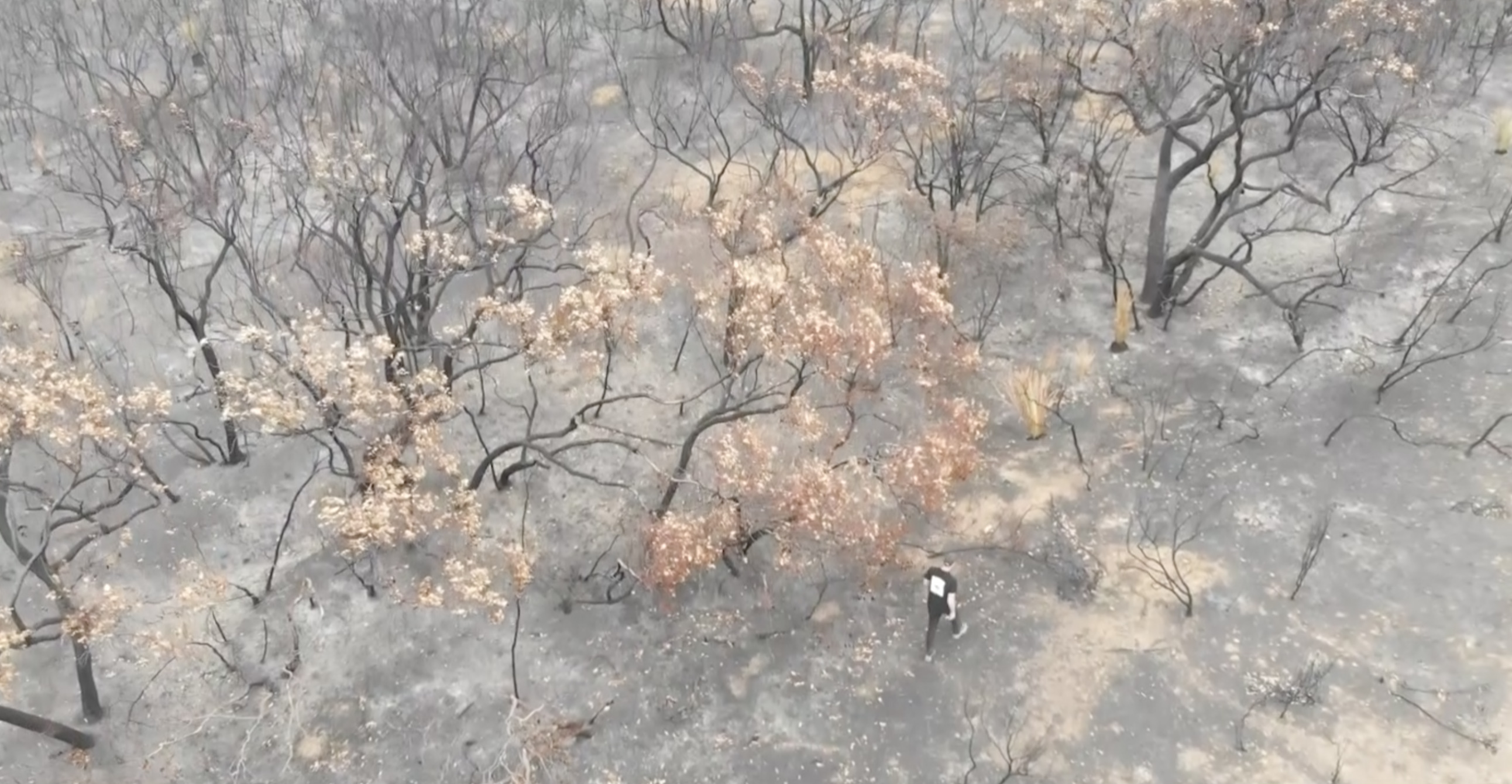
Scientists surveyed a greater area of forests damaged by bushfires. /courtesy of World Wildlife Fund
Scientists surveyed a greater area of forests damaged by bushfires. /courtesy of World Wildlife Fund
The number of animals now believed to have died is three times greater than earlier estimates released in January while many bushfires still burned. Researchers say they were able to survey greater areas of forest, and study more species to reach their latest conclusions.
The ecological toll from such a loss, including an estimated two and a half billion reptiles, is also difficult to comprehend. It's believed hundreds of species that perished had yet to be discovered.
"You have to remember that these fires were the result of year after year drought . Many of these animals were already under a lot of pressure, they weren't in the best condition, they were trying to cope with hot, dry weather and then have these fires to top things off," said World Wildlife Fund Australia head of living ecosystems Darren Grover.
Australia has already lost more mammals to extinction than any other country on the planet. Researchers say the loss of habitats has endangered even more animals.
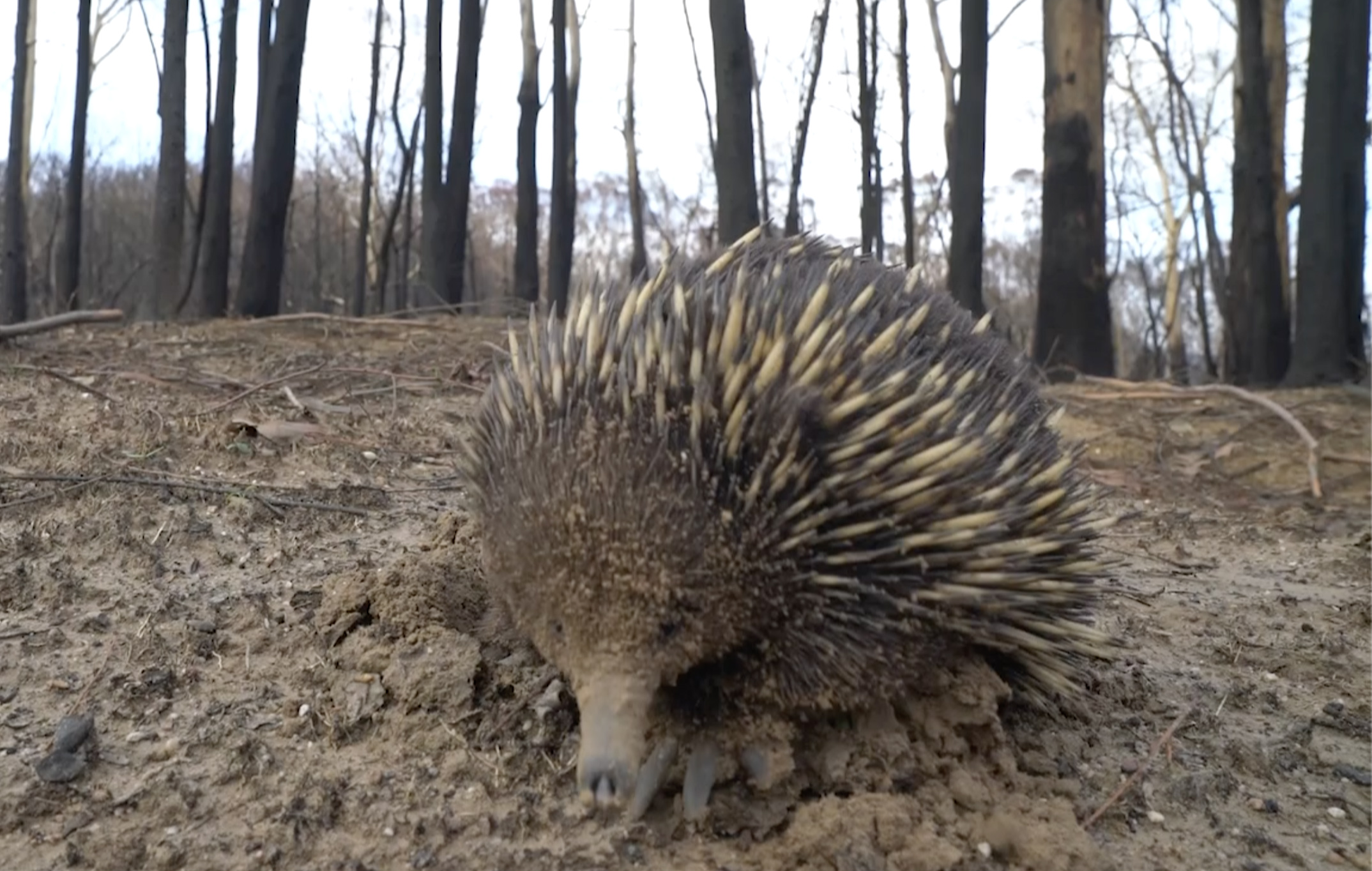
An echidna searches for food in an area ravaged by fire. /courtesy of World Wildlife Fund
An echidna searches for food in an area ravaged by fire. /courtesy of World Wildlife Fund
"Many species that were thought to be common before the fires went through are almost certainly going to be uplifted to be threatened either as vulnerable or threatened species," said Dickman.
And there is an economic cost to losing so many animals.
For example, it's believed that a third of the koala population in New South Wales died in the fires. The Australian Koala Foundation says the iconic animals help generate billions of dollars in tourism revenue and tens of thousands of jobs.
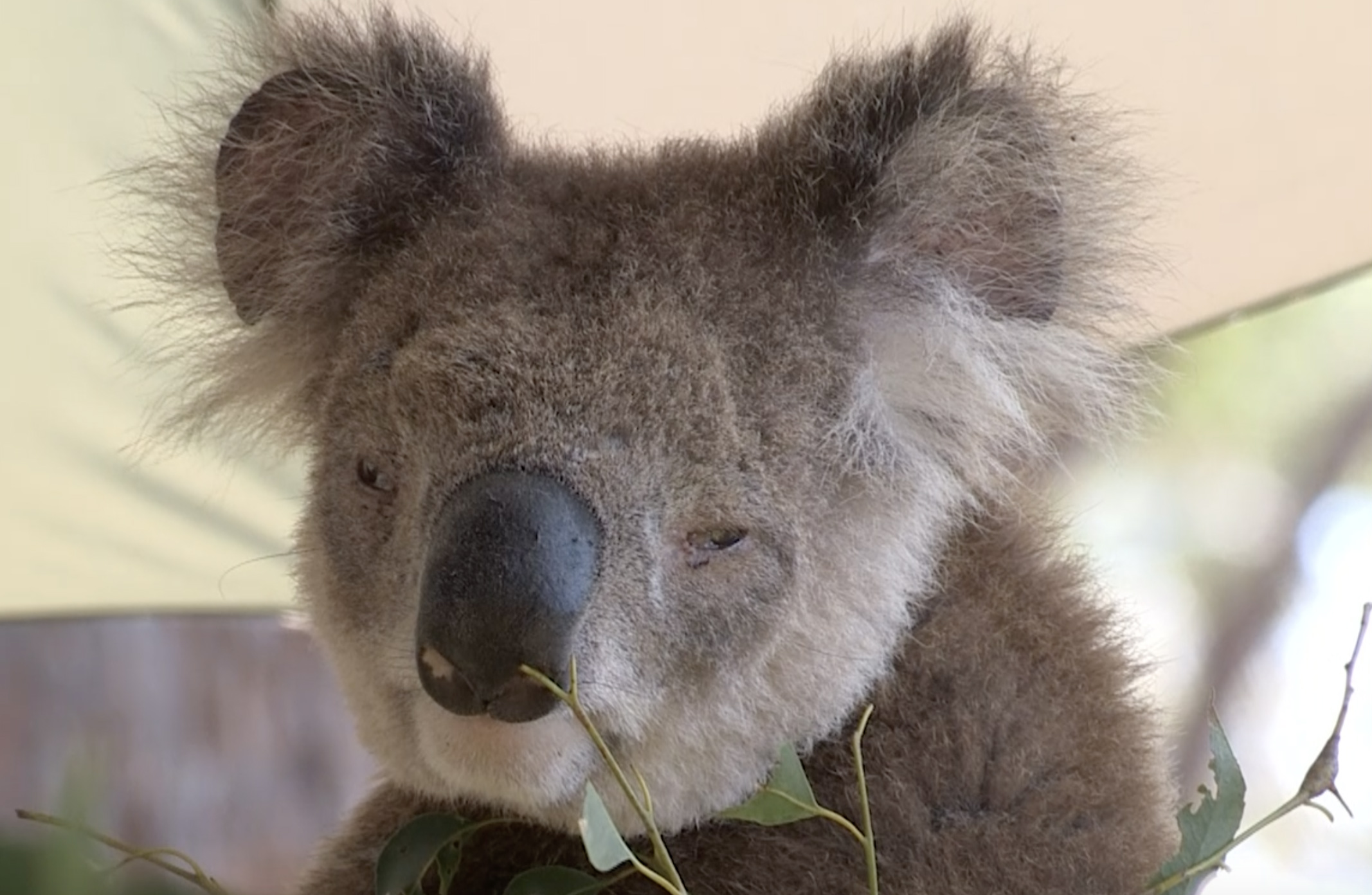
An injured koala is nursed back to health at the Port Macquarie Koala Hospital. /CGTN
An injured koala is nursed back to health at the Port Macquarie Koala Hospital. /CGTN
Scientists say having a better understanding of what was lost in the bushfires is important in determining how best to protect and preserve the wildlife that survived.
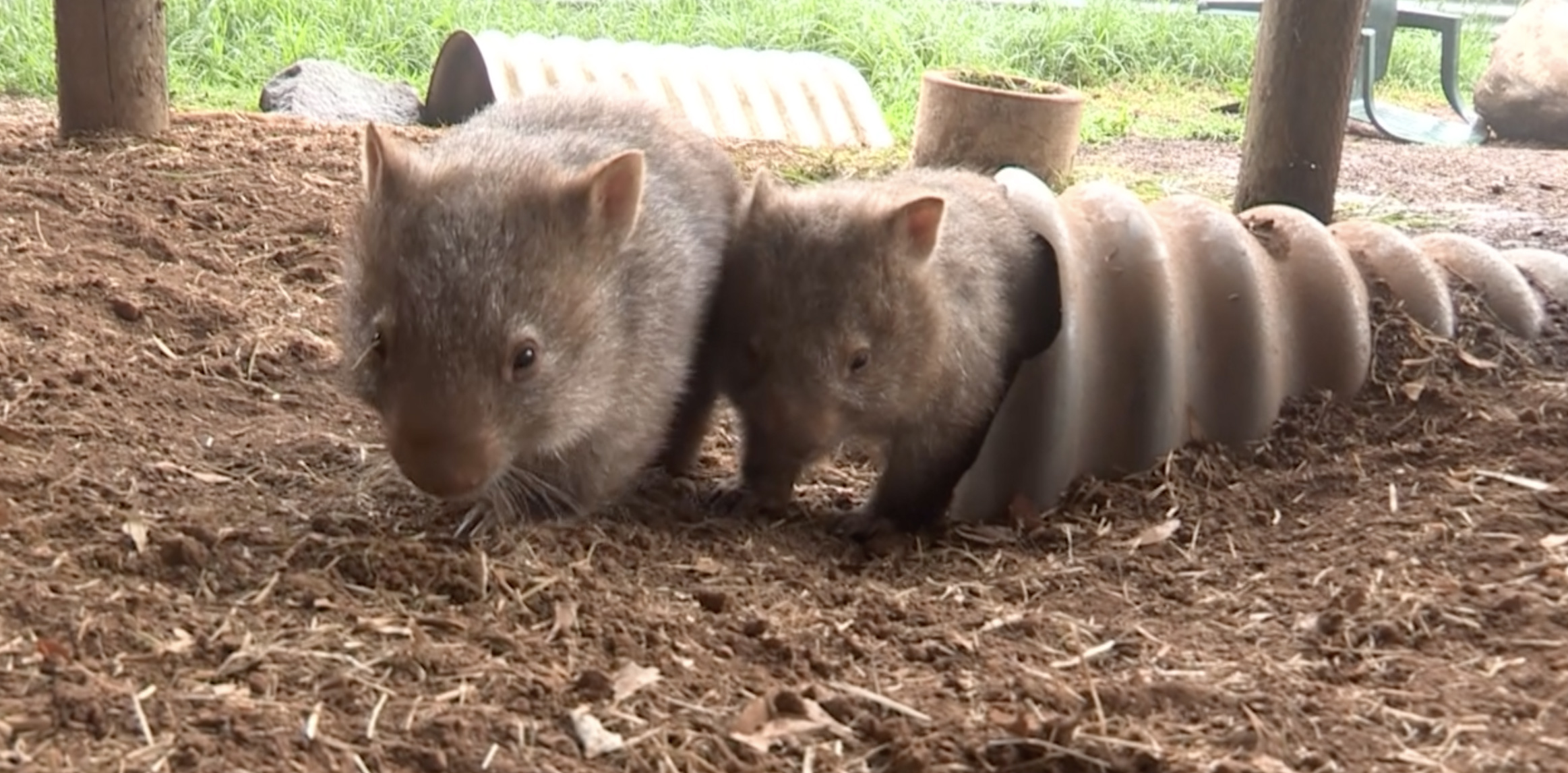
These young wombats were rescued from the bushfires. /CGTN
These young wombats were rescued from the bushfires. /CGTN
"Doing research like this will start to give us a better understanding of what these fires mean not just for human livelihoods but for flora and fauna in Australia," said Lily van Eeden, lead author of the study from the University of Sydney.
"If we can understand how many individuals have been impacted we can start to measure what that might mean for our ecosystems, what that might mean for our threatened species conservation and we can start to think about how we can be strategic and monitoring that and mitigating the risks in the future.”
(If you want to contribute and have specific expertise, please contact us at nature@cgtn.com.)